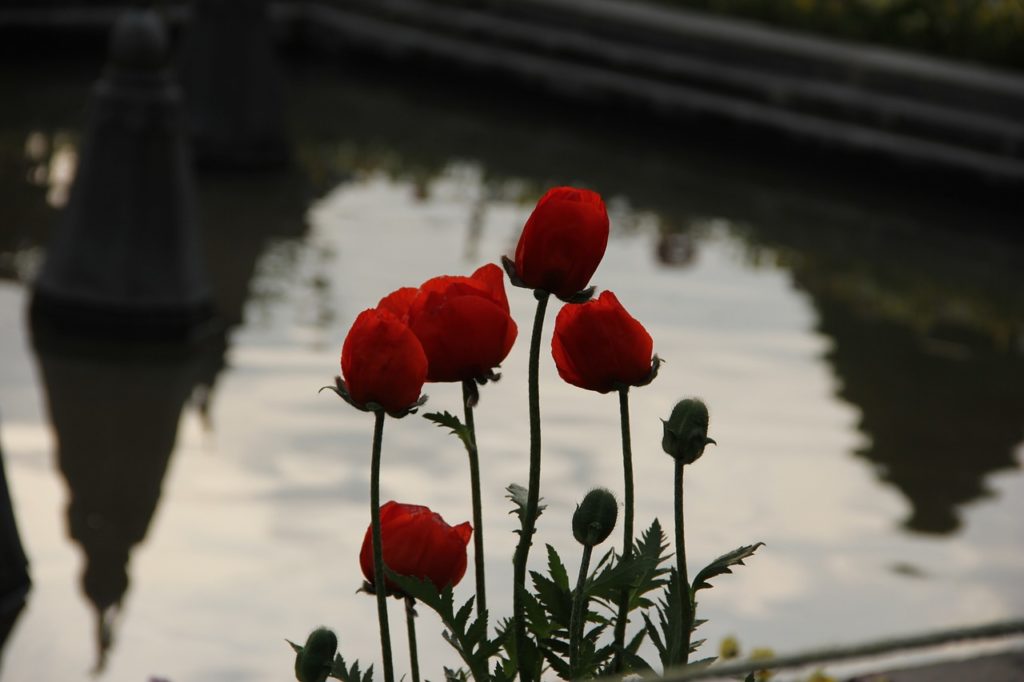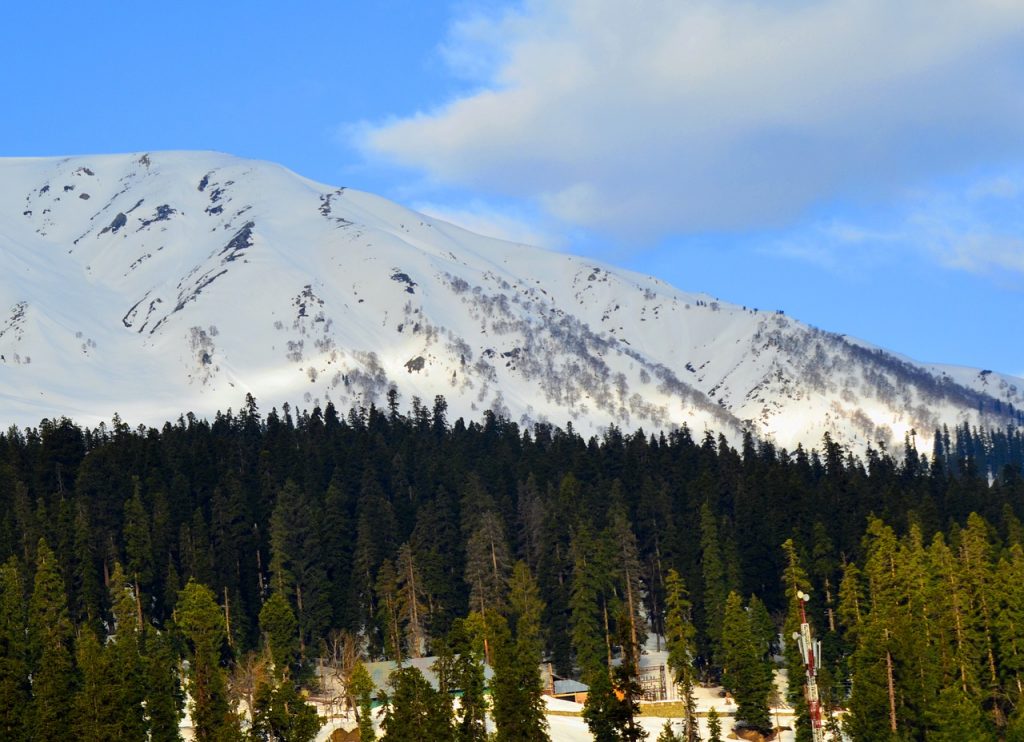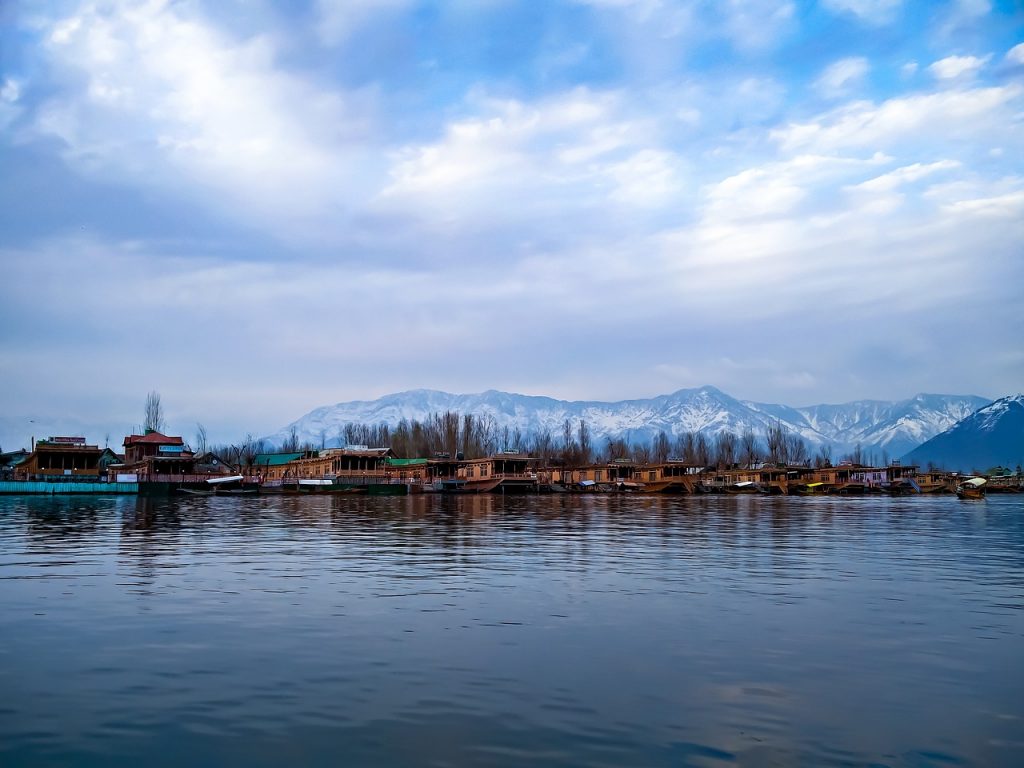Jammu is the winter capital of Jammu and Kashmir and its second-most populated city. It is known as the city of temples, but it also houses some beautiful palaces and forts, and tourism is its largest industry. The most popular travel destinations in Jammu include Rani Park, Bahu Fort, Mubarak Mandi Palace, Raghunath Temple, and the very beautiful Amar Mahal Palace. Here, we give you some interesting information about the Amar Mahal Palace and Museum, one of the best tourist attractions of Jammu.
Who Built Amar Mahal?
The Amar Mahal Palace was built by a French architect, with a design similar to that of a French Chateau. It was built for Raja Amar Singh, a Dogra king. Later, Dr. Karan Singh, son of the last ruling Maharaja of the princely state of Jammu and Kashmir, donated this palace to the Hari-Tara charitable trust, to be used as a museum.
When was the Amar Mahal Palace Built?
The idea of the construction of this palace was put on paper in 1862, but the palace was built only in the 1890s. It was the last official residence of the Dogra dynasty. Maharani Tara Devi, wife of the late Maharaja Hari Singh, stayed in this palace until her death in 1967.
Where is the Amar Mahal Palace Located?
Amar Mahal is located on the right bank of Tawi River, which is also called Suryaputri Tawi. The Sivalik Hills are situated to the north of Amar Mahal and adjoining the Mahal is the Hari Niwas Palace Hotel.
How is the Construction and Architecture of the Amar Mahal Palace?
Red sandstone and red bricks have been used in building this palace. It is constructed in the European castle style and has sloping roofs with turrets and tall towers. It has long passages on three sides that rest on columns with a wooden framework and have sloping corrugated roofs of tin. The first floor of the palace has French windows and a balcony, while the uppermost floor has a bay window. The windows in the palace also have triangular projections representative of the Greek style of architecture. When built, the Amar Mahal Palace was the tallest building in Jammu.
Why was the Amar Mahal Palace Turned into a Museum?
The son of Maharani Tara Devi, Karan Singh and his wife Yasho Rajya Lakshmi, converted the palace into a museum, which would have rare books and display art works. Their aim was to encourage talent in art, start a fine arts centre, and promote Indian arts in collaboration with other similar institutions. They transferred the palace property to a trust called Hari-Tara Charitable Trust. The Government of India had paid a Privy Purse to Karan Singh, the amount from which, he used in establishing the museum.
Facts About the Amar Mahal Museum
- Former Prime Minister of India, Indira Gandhi, inaugurated the museum on April 13, 1975.
- The Hari-Tara Charitable Trust, which is responsible for the palace property, organizes hobby classes, guided tours, book readings, lectures, and film shows, as also workshops, exhibitions, and scholarly and student exchange programmes at the museum.
- Darbar Hall at the entrance gallery of this museum, houses family portraits of the Dogra rulers of Jammu and Kashmir.
- The library in the museum has around 25,000 rare books on a variety of subjects.
- Pahari paintings that portray scenes from the epic Mahabharata are put on display in the museum.
- The museum also holds memorabilia of the royal family.
- A hexagonal room in the museum houses a golden sofa of the Dogra rulers. This sofa is of pure gold, weighs 120 kgs and has golden lions at the corners. This can be viewed through a glass window.
- Works of art by famous Indian artists like M.F. Hussain and Lakshman Pai, among others, have been kept on display at the Amar Mahal Museum.
- Modern version of the Dashavatara paintings is on display at the museum.
- One of the galleries in the museum houses 47 miniature paintings depicting the story of Nala Damayanti.
- The chamber of the museum which was once been the place of residence of Maharani Tara Devi, houses her belongings, photographs, furniture of her time, a Victorian bathroom, and decoration of the Crown of India which was presented to her.
Built on a hillock, the Amar Mahal Palace is surrounded by lush greenery. For its splendid design and for the artefacts displayed at the museum, this palace is an immensely popular tourist attraction in Jammu City.



